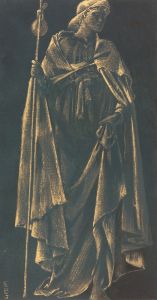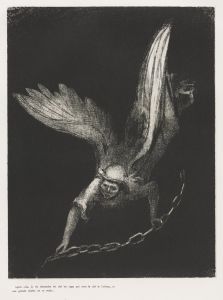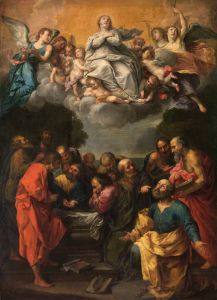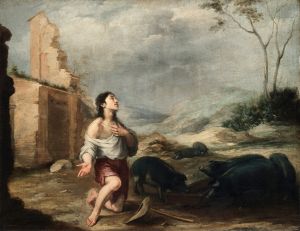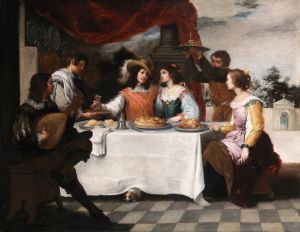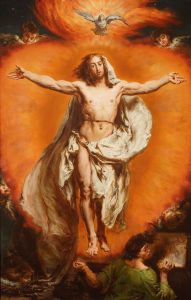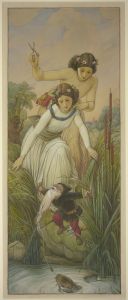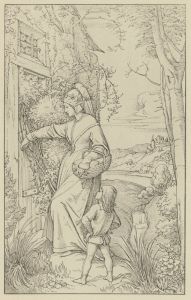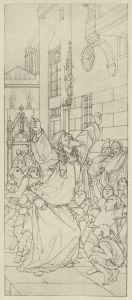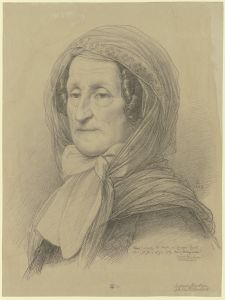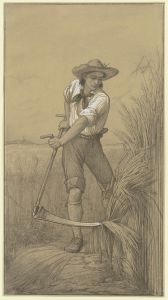
Wer ist der Grösste im Himmelreich
A hand-painted replica of Eduard von Steinle’s masterpiece Wer ist der Grösste im Himmelreich, meticulously crafted by professional artists to capture the true essence of the original. Each piece is created with museum-quality canvas and rare mineral pigments, carefully painted by experienced artists with delicate brushstrokes and rich, layered colors to perfectly recreate the texture of the original artwork. Unlike machine-printed reproductions, this hand-painted version brings the painting to life, infused with the artist’s emotions and skill in every stroke. Whether for personal collection or home decoration, it instantly elevates the artistic atmosphere of any space.
Eduard von Steinle (1810–1886) was a prominent German painter associated with the Nazarene movement, which sought to revive the spiritual and stylistic ideals of early Renaissance art. One of his notable works is the painting Wer ist der Grösste im Himmelreich (Who is the Greatest in the Kingdom of Heaven). This artwork reflects Steinle's characteristic focus on religious themes and his commitment to conveying moral and spiritual narratives through his art.
The painting takes its inspiration from the biblical passage in the Gospel of Matthew (Matthew 18:1–4), where Jesus addresses his disciples' question about who is the greatest in the Kingdom of Heaven. In response, Jesus places a child in their midst and emphasizes the virtues of humility and childlike innocence as essential qualities for entering the Kingdom of Heaven. Steinle's depiction of this scene captures the essence of this teaching, portraying Christ surrounded by his disciples and a child, symbolizing purity and humility.
Steinle's work is marked by its meticulous attention to detail, harmonious composition, and a serene, contemplative atmosphere. His style reflects the influence of the Nazarene movement, which sought to revive the spiritual depth and simplicity of medieval and early Renaissance art. The painting likely incorporates elements of idealized figures, soft color palettes, and a focus on emotional expression, all hallmarks of Steinle's artistic approach.
While specific details about the creation date or current location of Wer ist der Grösste im Himmelreich are not widely documented, Steinle's oeuvre is known for its religious and allegorical themes, often commissioned for churches or private collections. His works were highly regarded during his lifetime, and he played a significant role in the 19th-century revival of Christian art in German-speaking Europe.
Eduard von Steinle's contributions to religious art continue to be appreciated for their spiritual depth and technical mastery. His paintings, including Wer ist der Grösste im Himmelreich, remain significant examples of the 19th-century Nazarene movement's ideals and its influence on European art.





